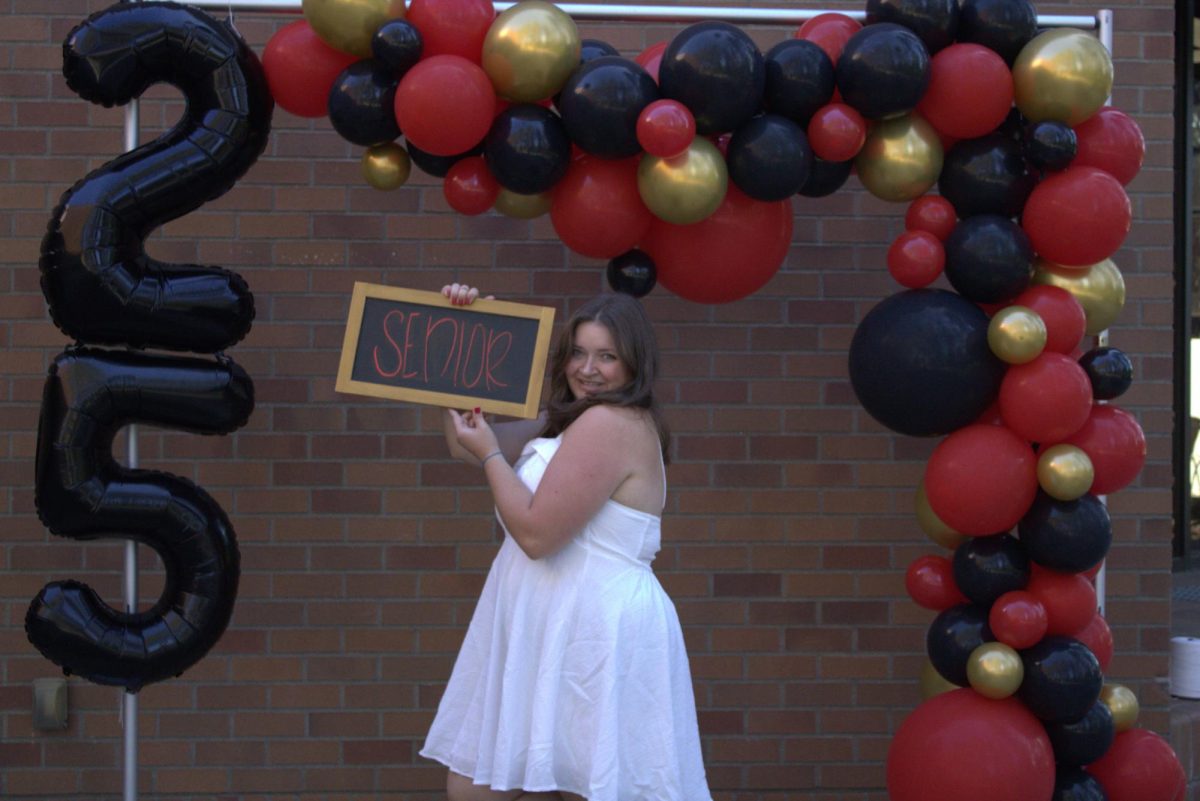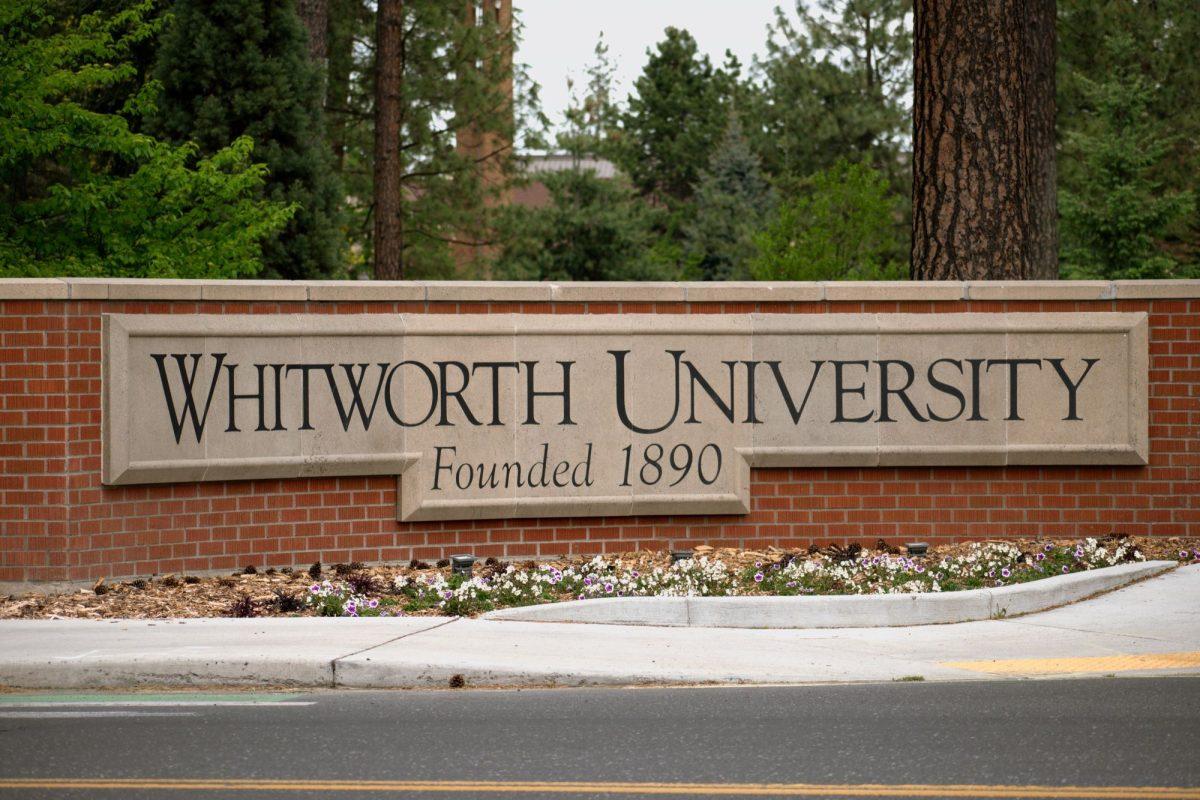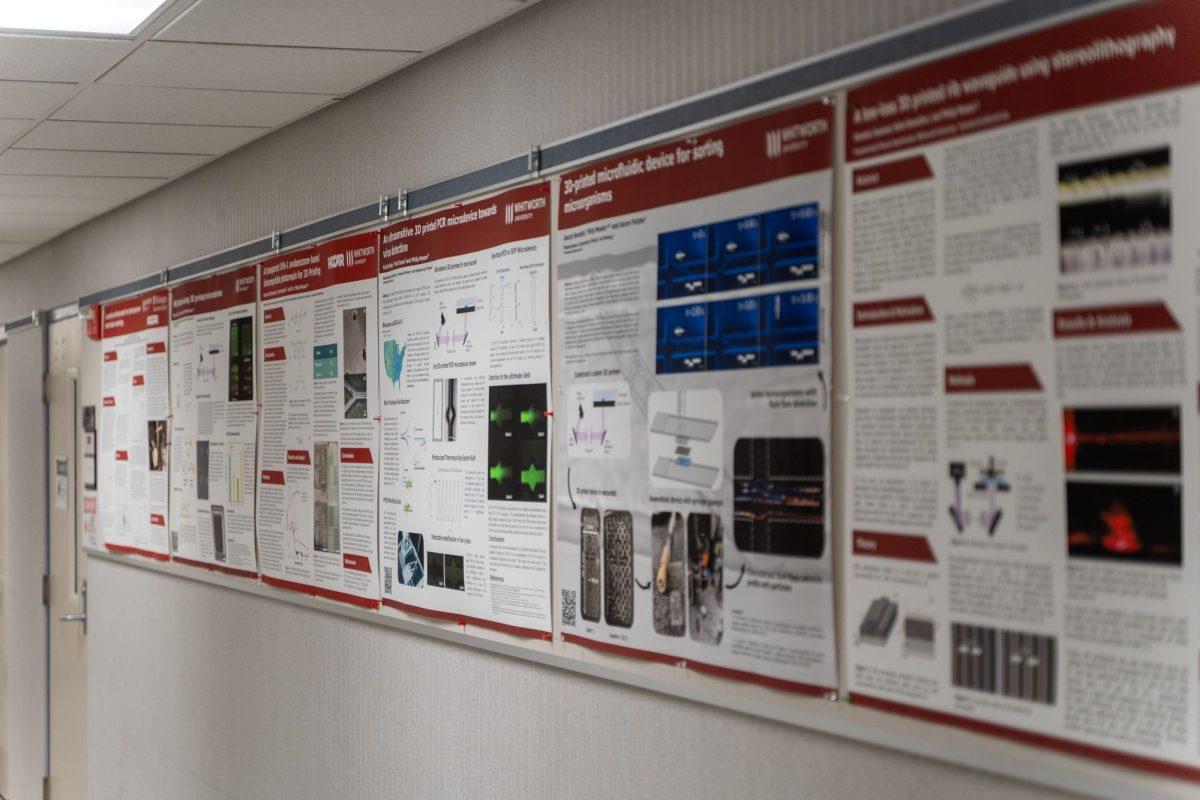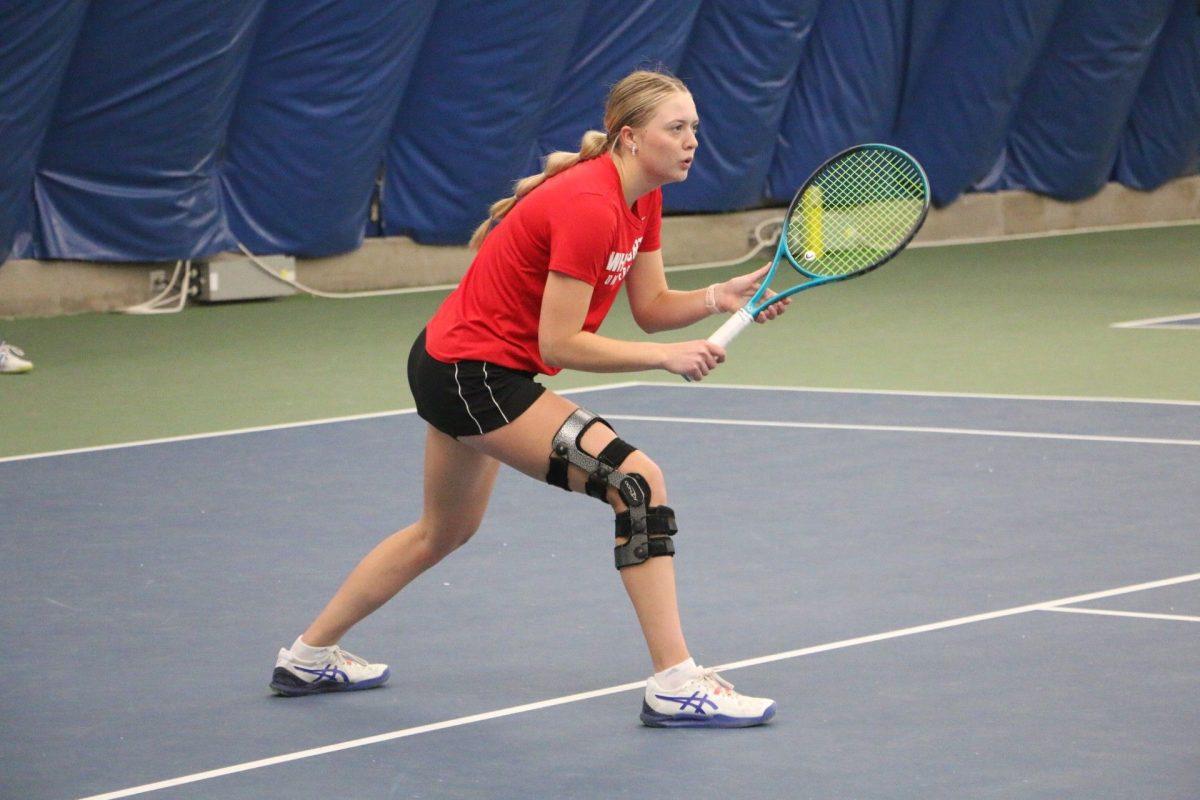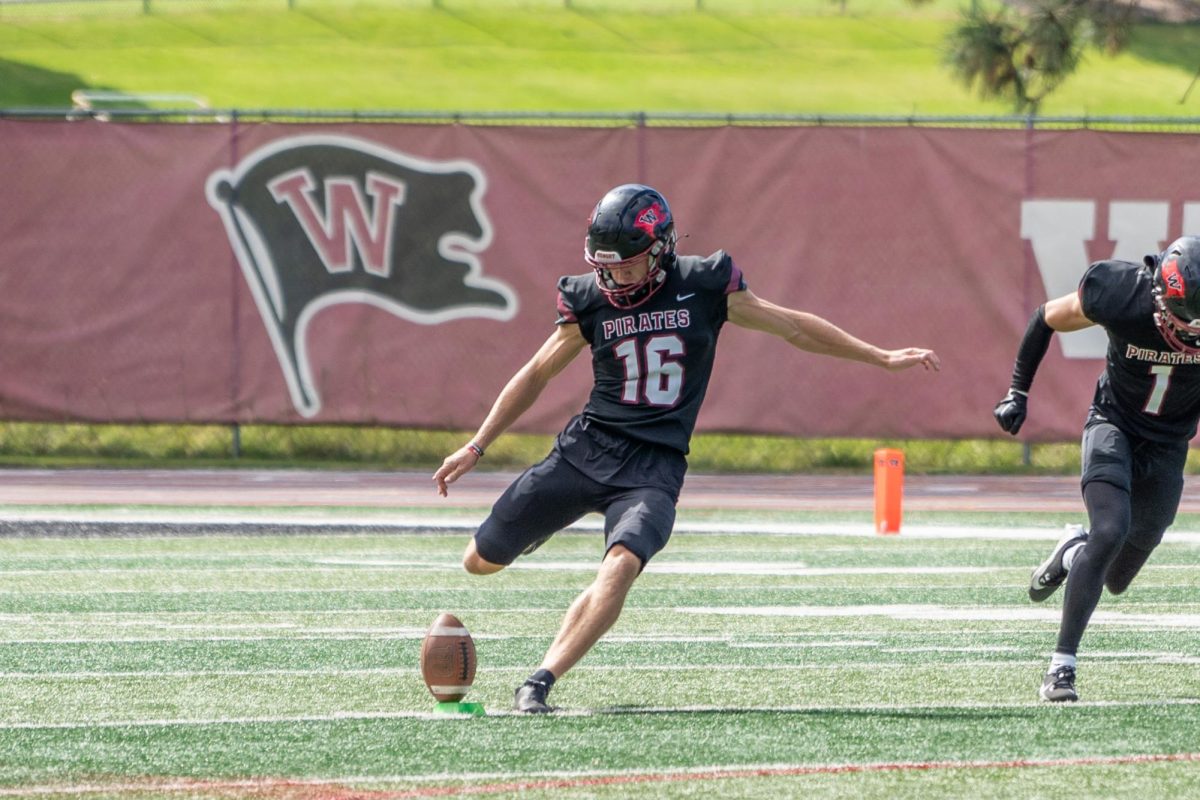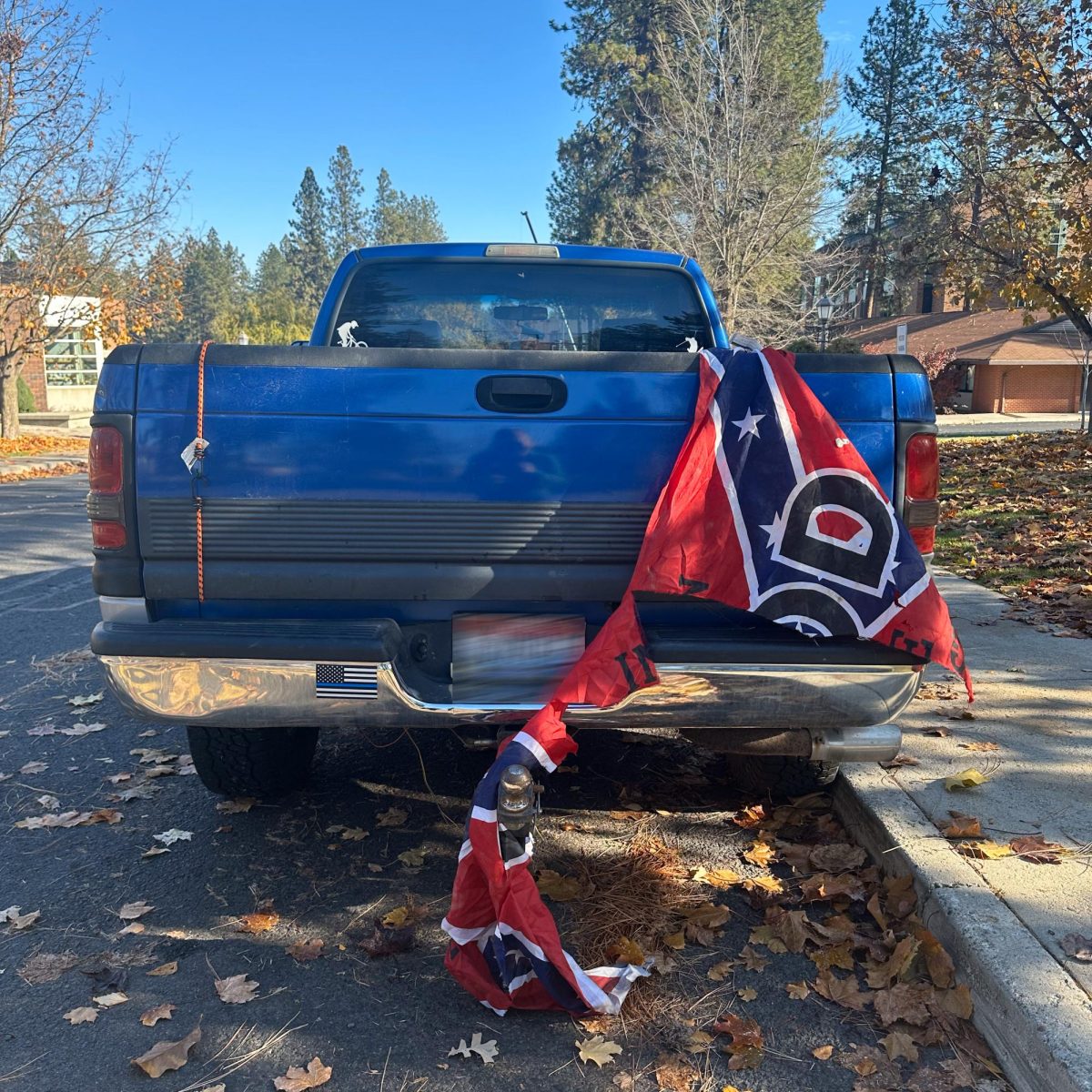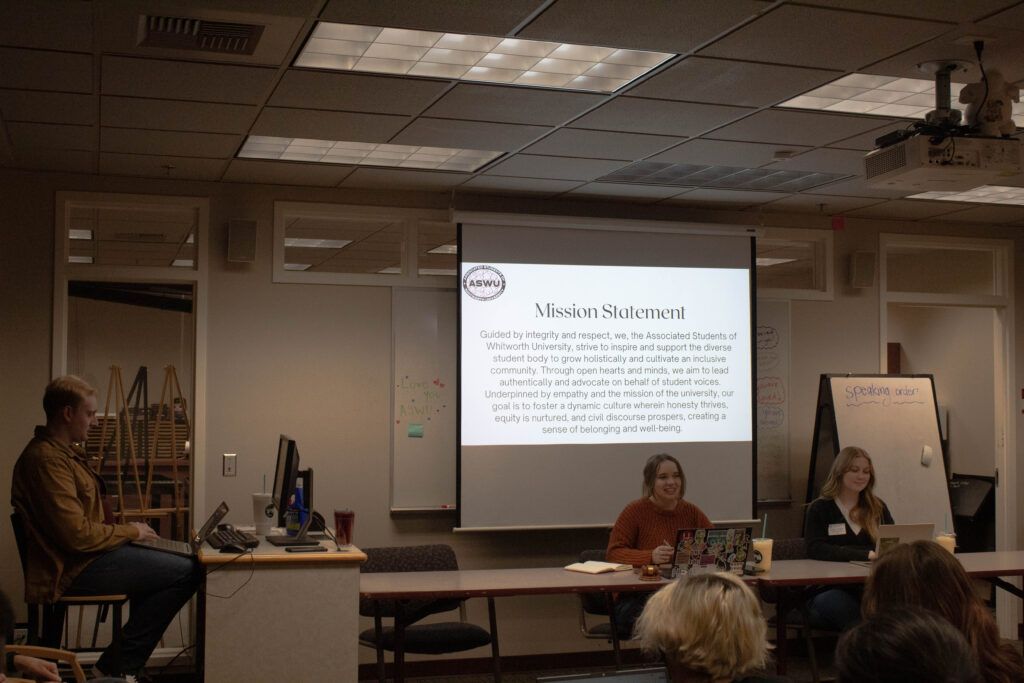
Throughout its history, the mission statement of the Associated Students of Whitworth University (ASWU) has changed every year with the election of new representatives. However, having an ever-evolving mission statement takes away valuable time from the governing body and restricts its ability to act based on community needs.
The reason for this change is so the mission is “representative of the current team,” said ASWU vice president Grace Johnson. Johnson explains that as students come and go from ASWU each year, the mission statement evolves with them. Different teams have different goals for the academic year and the mission statement reflects that.
ASWU student body president Georgia Goff addressed the process for changing the mission statement. Before the start of school, all elected ASWU representatives come together to plan the year and create a mission statement to orient around. ASWU often starts with the “previous year’s mission statement [… and uses] that as a reference [to] brainstorm values that are important to that year’s team or issues that [… they] want to be conscious of throughout the year,” said Goff.
The mission statement is then revised at the ASWU fall retreat midway through the fall semester. Jamie Gassman, ASWU communications representative this year, explains that the fall retreat gives representatives elected after the start of the school year (Baldwin-Jenkins senator, incoming student representatives, off-campus representatives and neighborhoods senator) a chance to take ownership in the mission statement as well. If these new members are not on board with the current statement, they consider “amending the mission statement,” said Gassman.
However, the process of creating a new mission statement is a lengthy one. The summer training session typically runs for five days. “Two or three days [with a] couple hours [per] day” are allocated to the creation of the new statement, said Gassman. And while the new statement may reflect the current team, it also seems to reflect the previous teams’ goals as well.
Almost all of the ASWU mission statements from the last 10 years have the same goals and agendas, just worded differently. There are consistent themes related to diversity and representation. Most previous mission statements also highlight the need to reflect Whitworth University’s mission statement.
The 2023 mission statement mentions the need for empathy surrounding “civil discourse,” which is likely in response to the Turning Point USA speaker controversy from Spring 2023. However, themes of diversity and representation already address the need for civil discourse without having to specifically include it in the mission statement.
By including specific instances of respect and diversity in the mission statement, it becomes absolute and binding. The mission statement should foster the ability to respond to the needs of the Whitworth community in a non-restrictive way.
Furthermore, if ASWU had a consistent mission statement year to year, the time spent creating and revising a new one could be directed toward other community needs. Spending time creating a statement to address these needs takes away from time spent actually addressing the community’s needs. While attempting to represent all members of ASWU is a noble cause, but the goals just do not change enough from year to year to justify spending valuable time creating a new statement full of synonyms from the previous year.

